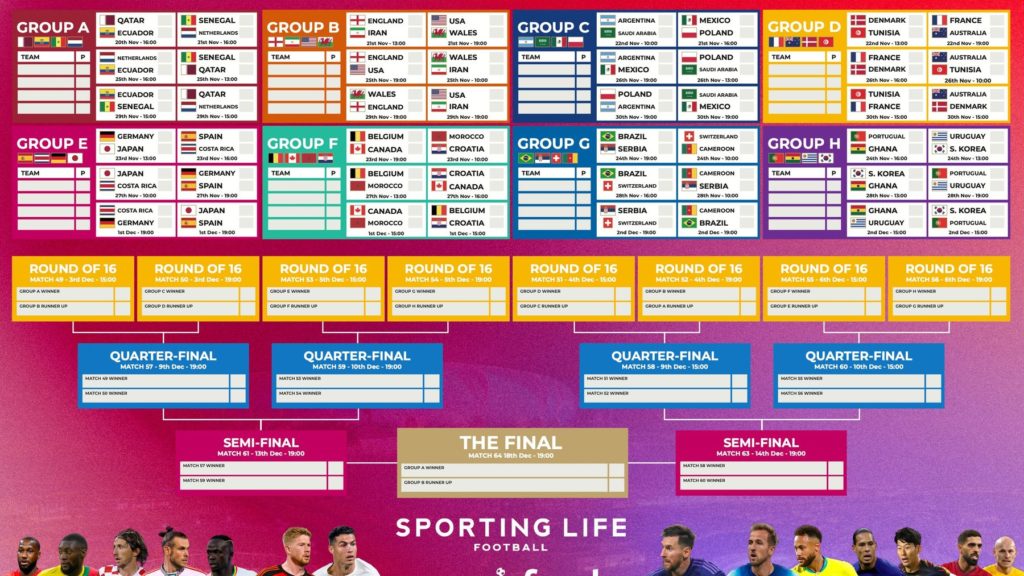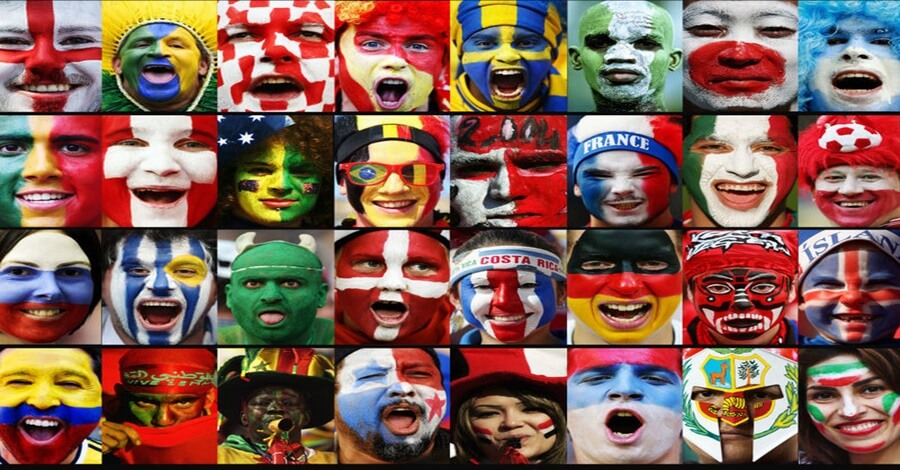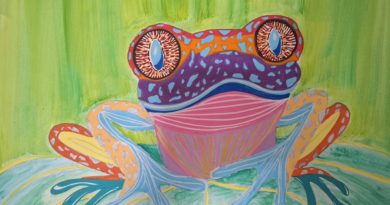Exploring the World Cup: A Cultural Event Impacting Our Health.
“The World Cup is not just a great global sporting event, it is also inscribed with much deeper cultural and political importance.”
– Martin Jacques
November 20, 2022 marked the beginning of the 22nd FIFA World Cup competition being held in Qatar where 32 teams, consisting of the most talented football (soccer) players from their respective countries, come together to compete for arguably the most coveted title in football. Matches began on November 20, where host team Qatar took on Ecuador, and will continue until December 18 when the finals match is scheduled to take place. Matches will be held in eight different stadiums located throughout the five host cities in Qatar. The host, Qatar, has spared no expense when designing the stadiums for the tournament; the Supreme Committee for Delivery and Legacy, the agency in charge of designing the stadiums, has stated that each stadium was design with four tenets in mind: Legacy, comfort, accessibility, and sustainability. The committee had a clear goal to not only provide optimal conditions in which the tournament could be held, but to do so in a way that still reflects Qatar’s own history and culture.


Worldwide Sporting events such as the World Cup or the Olympics have proven to have an effect on our own health and physical activity. During the times that these events take place, countries often see and increase in sport engagement which, of course, often have a direct effect on the participant’s physical health. This engagement also occurs regularly between fans, improving the social and mental health of residents and supporting a national identity. Athletes performing in these events will become sporting role models, encouraging those who look up to these athletes to strive to emulate the success of their nation’s own superstar. These events also present the opportunity for countries to showcase themselves to a global audience. Countries often choose to express themselves in even the smallest details of their country’s uniforms.
The MYP 3 class here at EISB has decided to celebrate this momentous event through our lessons by further exploring the concepts of culture, self-expression, and commonality and how these concepts can be observed during a worldwide event such as the World Cup. Students were split into teams of three and each team selected a country currently competing in the world cup. Each team of three is responsible for researching the World Cup and the effect that such an event has on the world as a whole and find specific examples of their country using the World Cup as a basis to encourage its residents to further develop their own health. Students will propose ways in which they believe countries could also take advantage of such an event to promote a healthier lifestyle, both physical and mental, to their residents. Additionally, students should find out how their chosen country utilises the World Cup as an opportunity to express and share their own culture. This research will culminate in an analysis of the importance of expressing one’s own culture and using this cultural expression to promote commonality between different cultures.

The final product of this unit will be a presentation that teams will present to the class of all of their findings. They will not only share a little bit of their chosen country’s culture, but also share how impactful worldwide events can be on both physical health and developing a personal, cultural, and global identity. I’m really looking forward to see what they students find and create once the tournament has concluded, I will share some of the slides from the student’s work.




